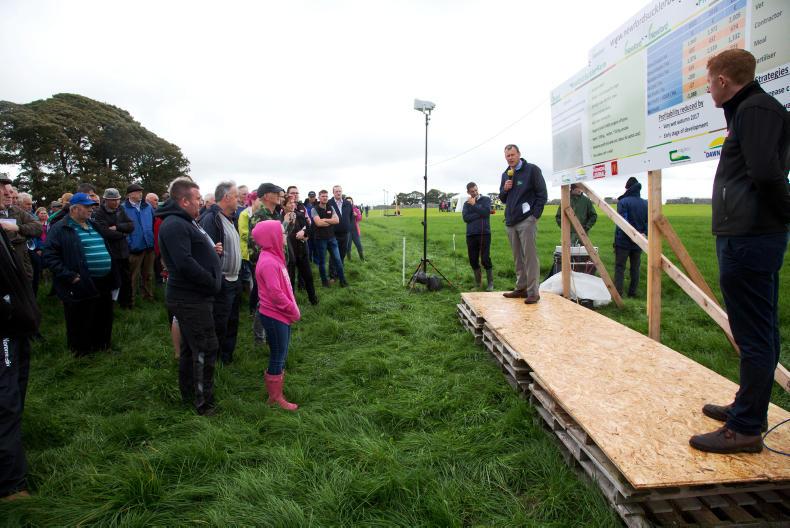The report from the Dawn Meats project at Newford farm on the lack of profitability in the steer beef enterprise puts a question mark over the viability of keeping steers.
This project, established by Dawn Meats and Teagasc with input from the Irish Farmers Journal and support from McDonald's, set out to demonstrate that a suckler business producing steers could be viable and at this point it isn’t. The purpose of research is discovery even if the result isn’t what is wanted and no doubt a review will lead to looking at other options that may have greater success.
Traditional system
Steer beef production within the EU is very much concentrated in Ireland and Britain since the introduction of a beef hormone ban in 1988.
This is unique to the EU in that every other major beef-producing region in the world has access to the use of hormones, which effectively give the same performance as bulls would if they hadn’t been castrated.
Indeed at the ASA conference this week, the USDA undersecretary challenged an agricultural science conference on how use of artificial hormones that drive animal performance can be banned when no risk to human health has ever been found.
Precautionary
It was a difficult challenge to answer other than restate that it is the precautionary principle that is favoured by the EU which means that the EU will err on the side of caution until it is proven that there are no negative health implications rather than the other way round, ie ban them where there is a risk demonstrated.
In the confined regions of the EU where steer beef production prevails, the report from the Newford farm poses serious questions for the viability of this system. Steers typically are stored for an extra period of between six and 12 months to enable the frame grow which then can be fed intensively to produce a finished carcase that meets the ideal supermarket and food service specification.
This means that the animal will be ready for the factory around 24 to 30 months of age. If the male animal isn’t castrated, it will grow much faster and can be finished to factory specification between 14-16 months, a year earlier than the steer system.
European model
Steer beef production is associated with parts of the world that have an abundance of grassland and this system is traditionally a low-input extensive system.
Where grass is less available, beef is produced in a more intensive feeding system where male cattle aren’t castrated. This is a case in every other EU country and it is why for mainland Europe the EU reference price which is the most common type of animal, is based on R3 young bulls while in Britain and the island of Ireland, R3 steers are the most common grade.
New policy needed
If steer beef production in Ireland isn’t viable, then there is an option to switch to bull beef production. This is the model that is currently operating on the Irish Farmers Journal farm at Tullamore, where male calves go straight from weaning to a finishing diet and are ready for the factory by the time they are 16 months, if not earlier.
While Ireland’s beef business was built on extensively grazed cattle and steer beef production, the market for beef will accept young bulls provided they are under 16 months – this is the specification for all the major supermarkets.
Furthermore, in most third-country markets including China, the maximum age that is accepted is 30 months, so prolonged finishing of steer cattle isn’t the ideal option anyway.
Price option
The alternative of course is a price adjustment that reflects the higher cost of steer beef production compared with young bulls.
Irish steer beef prices are on par or better with the main beef-producing countries of the EU when Irish R3 steers are compared with continental R3 young bulls.
In Britain, where the production system for male cattle is steer beef, like Ireland the R3 steer is worth 25c/kg more last week. Many regions of the UK benefit from access to food and drinks industry waste and byproduct and this reduces their cost of production as well.
There is also a variation of prices across the UK regions with Scotland traditionally at the top end. Their steer beef price last week was the equivalent of €4.30/kg excluding vat, 47c/kg ahead of the equivalent animal in Ireland. If Irish farmers were receiving prices that tracked Scottish R3 steers rather than R3 young bulls in mainland Europe, then steer beef production would be moving in the direction of viability.
Crossroads
The industry is at a crossroads. Either change production system to maximise production efficiency or if extensively produced steer beef is what is wanted then a price must be paid that reflects the lesser performance. A precedent is already in place with Angus and Hereford schemes where a premium is paid that reflects less output of beef.






 This is a subscriber-only article
This is a subscriber-only article











SHARING OPTIONS: